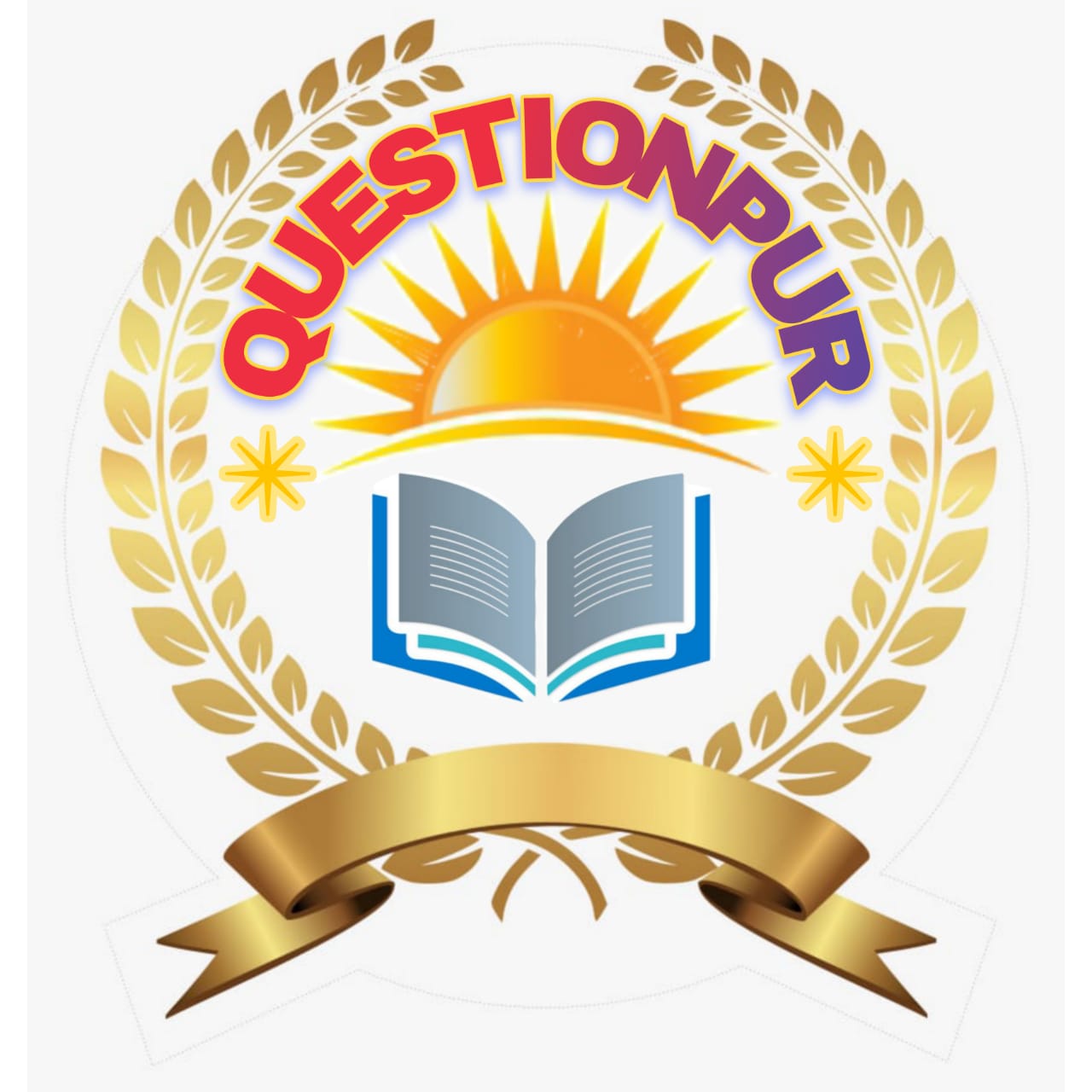Nature of Language
Language is a learned arbitrary system of vocal symbols by means of which human beings interact and communicate in terms of their common cultural experience. In the above definitions, I put forth the nature of language in the terms given below. :
(1) Language is a System of Symbols:
A symbol is a representation of something. Symbols are used while crossing the roads. Red Signal-Red signal means-'STOP', Green Signal-Green signal means 'Go'. The system works effectively. Language is also a system of symbols, the symbol being words.
Language functions effectively when the symbols used are known to both, the speaker and the listener, the writer and the reader. Words have sounds, and they have meaning. For communicating it is necessary, that there should be a meaning attached to the sound or sounds constituting a symbol.
(2) Language is Changed:
According to Jawaharlal Nehru. We live in a changing world. We can't possibly think in terms of a static state of affairs in language or anything else.
(3) Language is a System:
Language is a complex whole like the human body. The system f of the body functions through different organs, such, as the heart, brain, ears and eyes. These different organs are interconnected and work in coordination.
Similarly, the system of a language functions through sounds, words and structures. These are integrated with one another and constitute the complex organic whole which is language.
(4) Language is based on Common Cultural Experiences:
Every language is the product of a particular society and culture. It has meaning only in relation to that culture and society. Therefore, there are no exactly equal words in any two languages. In short, languages are different because cultures are different.
(5) Language is Learnt:
Language is in no way an automatic process but it is learnt. The I child knows no language. The parents are conscious of this process and they help their child to eliminate their spoken words. The child has to learn it over a long period of time. He is exposed to bunds around him by his parents.
He begins learning language by making various isolated sounds like Ba-ba, and Pa-pa. Finally, he develops his babbling sounds into the speech sounds of his group. This he does by imitation. Gradually the child learns the words and grammatical constructions of his native language. Thus language is acquired by conscious efforts.
(5) Language Symbols are Vocal:
The language word itself comes from the Latin; "Ungua' and its original meaning is that which is produced with the tongue.
Language primarily is a speech. Witting is a graphical representation of speech. There are many languages which are only in spoken form. They don't have any written form.
(6) The System of Language is Arbitrary:
There is no necessary relation between the d and the object, it stands for. In English, the word 'Book' stands for a set of printed pages put together on a cover, but in Hindi, it is called 'Pustak' or 'Kitab' In Urdu. None of these orders is better related than any other to the realist of the book.





